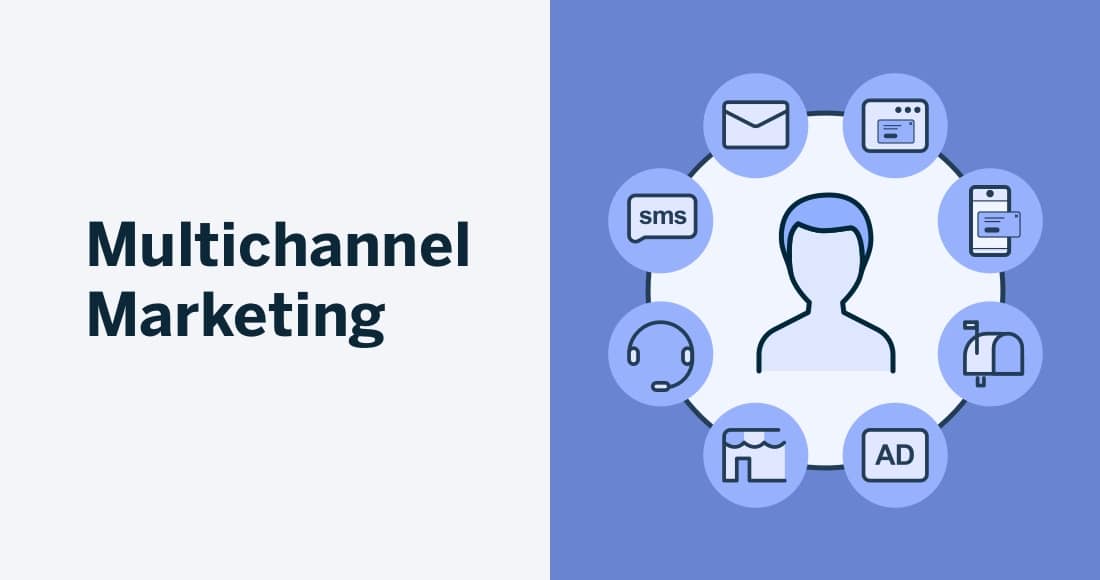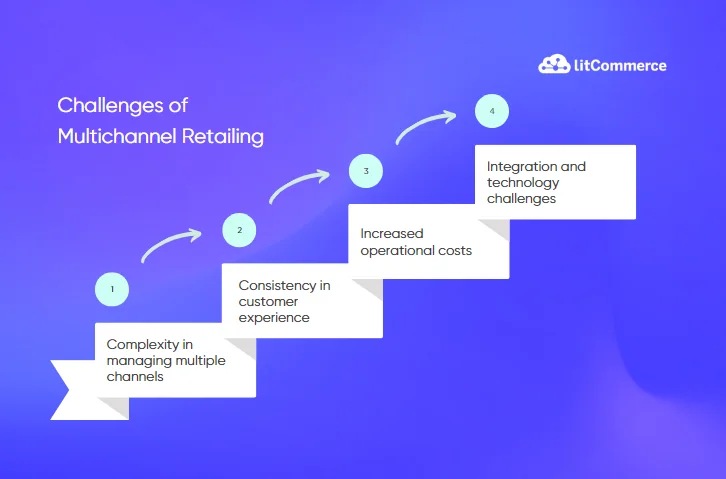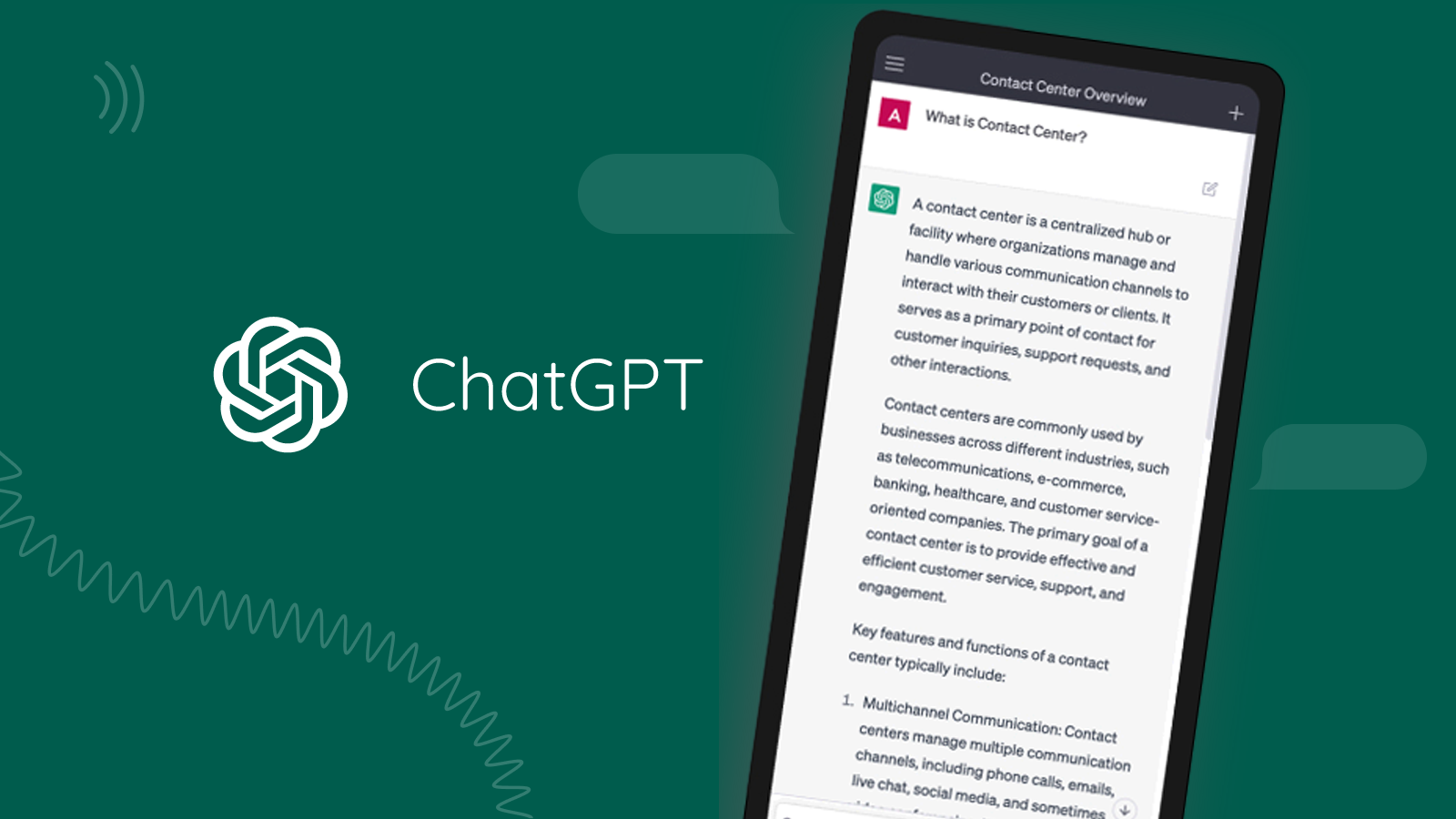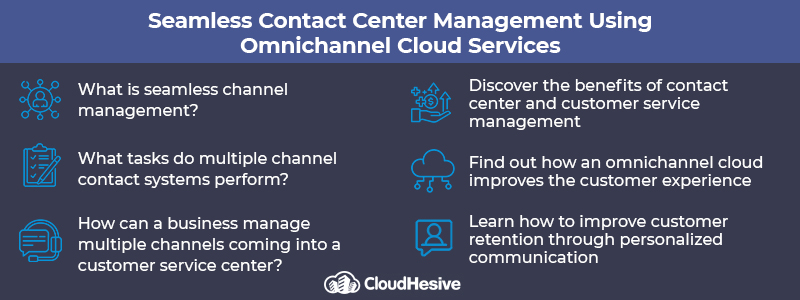Managing multiple communication channels can feel overwhelming. But with the right strategies, it’s manageable.
Businesses today interact with customers through various platforms. Emails, social media, chat, and phone calls are just a few examples. Each channel demands attention and coordination. Understanding how to manage these channels effectively is crucial. It smooth communication, improves customer satisfaction, and boosts productivity.
This blog post will guide you on how to handle multiple communication channels efficiently. You’ll learn practical tips to keep your communication organized. Stay with us to discover how to streamline your interactions and keep everything under control.
Importance Of Multi-channel Management
In today’s digital age, businesses use multiple communication channels. Managing these channels is crucial. It helps maintain consistent messaging and improves customer experience. Multi-channel management that no customer query goes unanswered. This boosts customer satisfaction and loyalty.
Benefits Of Multi-channel Communication
Multi-channel communication offers many benefits. It allows businesses to reach a wider audience. Customers have different preferences. Some prefer email, others prefer social media. Catering to all these preferences increases engagement.
It also leads to faster response times. Customers get quick replies, regardless of the channel they use. This efficiency builds trust and reliability. It also enhances brand reputation.
Multi-channel communication provides valuable data. Businesses can track customer behavior across channels. This data helps in tailoring marketing strategies. It also improves customer service and product offerings.
 credit: litcommerce.com
credit: litcommerce.com
Challenges Of Managing Multiple Channels
Managing multiple communication channels is not without challenges. One major challenge is maintaining consistency. Each channel needs a unified voice. Inconsistent messaging can confuse customers.
Another challenge is resource allocation. Handling multiple channels requires more staff. This can strain smaller businesses. It also demands more time and effort.
Tracking interactions across different channels is also challenging. It requires advanced tools and software. Without proper tracking, important customer data can be lost. This affects the quality of service.
Despite the challenges, effective multi-channel management is essential. It helps businesses stay connected with their audience. It that customers receive timely and consistent communication. This leads to better customer relationships and business growth.
Identifying Key Communication Channels
Managing multiple communication channels can be overwhelming. To streamline your communication process, start by identifying the key channels. This you reach your audience effectively. Here, we explore popular channels and assess audience preferences.
Popular Channels To Consider
Several communication channels are available today. Each has its unique advantages. Here are some popular options:
- Email: Widely used for formal communication. Ideal for detailed messages.
- Social Media: Platforms like Facebook, Twitter, and Instagram. Great for engaging with a broad audience.
- Chat Apps: Tools like Slack or WhatsApp. Useful for quick, informal communication.
- Phone Calls: Effective for personal and urgent conversations.
- Video Conferencing: Applications like Zoom or Microsoft Teams. Perfect for virtual meetings and presentations.
Assessing Audience Preferences
Understanding your audience’s preferences is crucial. It helps you choose the right channels. Consider the following:
- Demographics: Age, location, and profession impact channel preference.
- Behavior: Track how your audience interacts with your current channels. Use analytics tools for insights.
- Feedback: Ask your audience. Surveys and polls can provide valuable information.
By identifying key communication channels and assessing audience preferences, you can manage multiple channels effectively. This enhances communication and your message reaches the right audience.
Setting Clear Objectives
Managing multiple communication channels can be overwhelming. To make it easier, set clear objectives. This all your efforts lead to the same goal. Clear objectives keep your communication focused and effective.
Defining Communication Goals
Start by defining your communication goals. What do you want to achieve? Are you looking to increase customer engagement? Or maybe you want to improve brand awareness? Write down your goals and make them specific. This will help you measure your success later.
Aligning Channels With Objectives
Once you have clear goals, align your channels with these objectives. Each channel should serve a purpose. For example, use social media for customer engagement. Use email for direct communication. This alignment that every channel works towards your main goals. It keeps your strategy cohesive and effective.

Credit: www.ir.com
Utilizing Technology Solutions
Managing multiple communication channels can be overwhelming. Utilizing technology solutions can simplify the process. These tools streamline communication and improve efficiency. Here are some key aspects to consider.
Tools For Channel Integration
Using tools for channel integration is essential. They help connect various platforms seamlessly. Some popular tools include:
- Slack: Integrates with email, social media, and other apps.
- Zapier: Automates tasks between different services.
- HubSpot: Combines marketing, sales, and customer service channels.
These tools allow you to manage all channels in one place. This saves time and reduces errors.
Automation And Efficiency
Automation can greatly improve efficiency. By automating repetitive tasks, you can focus on more important matters. Here are some ways to use automation:
- Email automation: Schedule emails and responses.
- Social media automation: Plan and post content automatically.
- Chatbots: Provide instant replies to customer queries.
These techniques save time and consistency. They also enhance the customer experience.
Incorporating these strategies helps manage communication channels effectively. By leveraging technology, you can improve productivity and streamline operations.
credit: www.fastercapital.com
Creating Consistent Messaging
Keep messaging clear by setting guidelines for each platform. Tailor content to fit each channel’s audience. all team members follow the same tone and style.
Creating consistent messaging across multiple communication channels can be challenging. But it is essential. Maintaining a clear and unified message your audience recognizes your brand. It builds trust and credibility. Every interaction must reflect your brand’s voice and values.
Maintaining Brand Voice
Your brand voice is your personality. It should be consistent everywhere. From emails to social media, keep the tone uniform. This helps in creating a recognizable brand. It makes your communication relatable. Always use the same style, tone, and language. This consistency will make your audience feel connected.
Coordinating Across Teams
Effective coordination is key. all teams understand the brand message. Regular meetings help keep everyone on the same page. Share guidelines and best practices. Use collaborative tools to streamline communication. This way, everyone knows what to say and how to say it. Coordination reduces errors and a unified message.

Credit: www.puzzel.com
Training And Support
Managing multiple communication channels can be challenging. Manage Multiple Communication Channels Training and support are essential for smooth operations and effective communication. Investing in proper training and ongoing support your team is equipped to handle various channels efficiently. This section explores the importance of empowering your team and providing continuous learning opportunities.
Empowering Your Team
Empower your team with the right tools and knowledge. Training programs should cover the use of different communication platforms. Regular workshops can enhance their understanding and usage. Here are some key points to consider:
- Provide clear guidelines for each channel.
- Offer hands-on training sessions.
- Encourage team members to ask questions.
Empowered employees are more confident and efficient. They can handle customer queries better and maintain consistent communication.
Continuous Learning Opportunities
Communication tools and platforms evolve. Continuous learning opportunities help your team stay updated. Incorporate the following strategies:
- Monthly training sessions to cover new features.
- Online courses for advanced skills.
- Peer learning through knowledge-sharing sessions.
Continuous learning keeps your team ahead. It they can manage all channels effectively. Investing in your team’s growth benefits your business.
Monitoring And Analytics
Managing multiple communication channels can be overwhelming without the right tools. Monitoring and analytics are crucial for understanding how each channel performs. This helps you make informed decisions and improve communication strategies.
Tracking Performance
To track the performance of your communication channels, you need specific metrics. Manage Multiple Communication Channels These metrics include response time, engagement rate, and customer satisfaction. Use analytics tools to gather this data.
- Response Time: Measure how quickly you respond to messages.
- Engagement Rate: Track how users interact with your content.
- Customer Satisfaction: Use surveys to gauge customer happiness.
These metrics help you understand which channels are most effective. They also highlight areas that need improvement.
Adjusting Strategies Based On Data
Once you have collected data, analyze it to identify trends. This analysis helps you adjust your strategies to improve performance.
- Identify Weaknesses: Look for channels with low engagement or slow response times.
- Implement Changes: Make adjustments to improve these areas.
- Monitor Results: Keep an eye on the data to see if your changes work.
Using data to guide your strategies you are making informed decisions. This leads to better results and more efficient communication.
Customer Feedback And Adaptation
Managing multiple communication channels can be challenging. Customer feedback and adaptation play a crucial role in improving this process. Listening to your customers helps you understand their needs. Adapting to these needs better service and satisfaction.
Listening To Customer Insights
Customer feedback provides valuable insights. It reveals what works and what doesn’t. By paying attention, you can identify common issues. Customers often highlight problems you might miss. Their feedback helps you see your service from their perspective.
Collect feedback from different channels. Use surveys, social media, and direct messages. Each channel offers unique insights. Analyze this data to find patterns. Use these patterns to guide improvements.
Adapting To Evolving Needs
Customer needs change over time. Stay flexible to meet these evolving demands. Regularly update your communication strategies. Adapt your approach based on feedback. This shows customers you value their opinions.
Use technology to help with adaptation. Implement chatbots for quick responses. Use CRM systems to track interactions. These tools help you stay organized. They also you don’t miss important feedback.
Continuously monitor customer satisfaction. Make adjustments as needed. This proactive approach keeps your communication channels effective. It also builds trust with your customers.

Credit: www.cloudhesive.com
Frequently Asked Questions
What Are Communication Channels?
Communication channels are platforms like email, social media, and phone calls that businesses use to interact with customers.
Why Manage Multiple Communication Channels?
Managing multiple channels consistent and efficient communication with customers, improving satisfaction and engagement.
How Can Businesses Integrate Communication Channels?
Businesses can use software solutions or CRM systems to integrate and manage multiple communication channels seamlessly.
What Are The Challenges Of Multiple Communication Channels?
Challenges include maintaining consistency, managing data, and ensuring timely responses across all platforms.
Conclusion
Managing multiple communication channels can seem challenging. But, with the right tools, it becomes easier. Prioritize your channels based on importance. Use software to streamline messages. Keep your team informed and aligned. Regularly review and adjust your strategies. This you stay efficient and effective.
Remember, clear communication is key. Stay organized, and your efforts will pay off.


